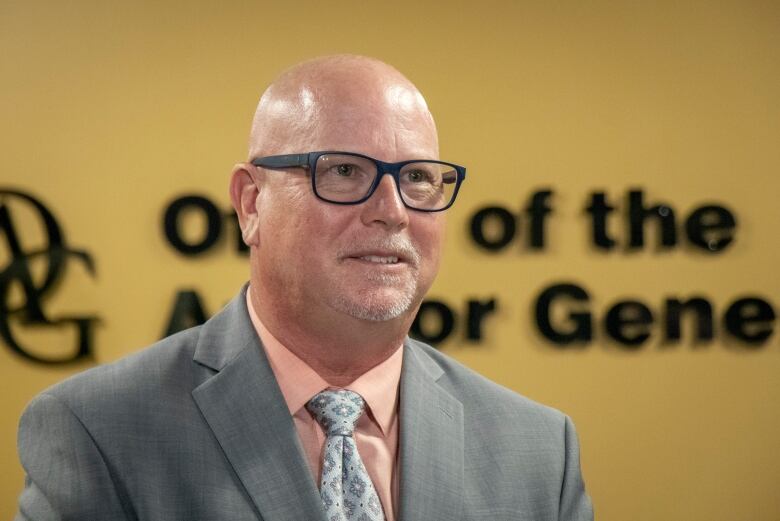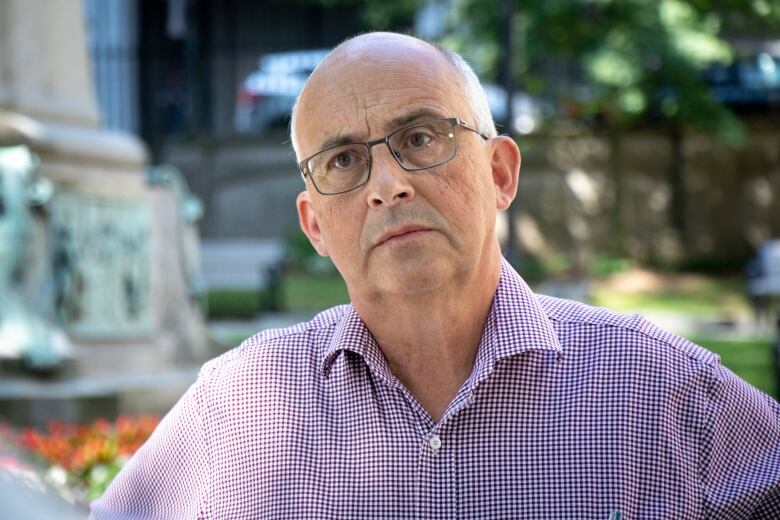Auditor general's closer look at contaminated sites uncovers even more problems
Terry Spicer says there's 'no co-ordinated approach' to deal with contaminated sites

The Office of the Auditor General ofNova Scotia has once again found serious problems with the way the provincial government detects and tracks contaminated sites in Nova Scotia.
"Throughout this audit we found that departments deal with contaminated sitesthe province is responsible for differently, and there is no provincial strategy or approach," noted the report presented by acting auditor general Terry Spicer.
"This results in inefficiencies and potential risks that human health and environmental concerns are not addressed."
Auditors were forced to use the term"potentially contaminated" throughout the report because the province has yet to test many of these sites to confirm they are contaminated.
"Without more formal direction, there is a risk that potentially contaminated sites are never tested, and remediation may never happen," noted the report. "It is up to government to better define which sites require testing and the timelines in which it should occur."
The office decided to have a closer look at how the province was dealing with contaminated sites as a result of an audit it conductedlast fall that foundthe Department of Lands and Forestry hadn't sufficiently investigatedpotential contamination at many of the province'sold mines.
This time, audits focused more closely on the work done by Transportation and Infrastructure Renewal and Lands and Forestry, the departments overseeing the largest number of contaminated sites.

The Transportation Department manages 82 provincial highway bases across the province, 26 having "potential or known contamination."
Auditors noted "there is no formal process to periodically review the 56 remaining bases for possible contamination."
"This is concerning as we found at least one of the sites had been given a high-risk rating for contamination by an external consultant in 2010," the report said.
Poor record keeping
When it comes to historical environment records, auditors found files were kept by staff at individual bases rather than a central location and that there was no index to the filing system.
"This made finding information and determining what work had been done on a specific site difficult," according to the report.
At Lands and Forestry, auditors noted work underway to evaluate 69 historic mine sites to assess potential risks and to prioritize site assessments, but auditors noted that contaminated site regulations were established in 2013 and guidelines prior to that.
"Lands and Forestry should have taken steps prior to the fall of 2019 to determine if mine sites were in compliance with the Contaminated Sites regulations," said auditors.
Spicer has made four recommendations aimed at improving the situation, including:
- Cabinet assign responsibility to an oversight body to implement a consistent, co-ordinated approach for assessing and managing contaminated sites that the province is responsible for.
- The province should should complete an inventory of known and potentially contaminated sites.
- The government prioritize all known and potentially contaminated sites the province is responsible for.
- The Department of Environment should ensure that management provides appropriate oversight of the inspectors.
At his downtown Halifax officeTuesday,Spicer said the office's message to the McNeil government was a straightforward one.
"You need to do a lot more work," he said. "You need to be looking at those sites out there that may potentially be contaminated to know what is the risks to human health and the environment ...because they may be at a high risk from contamination doesn't mean they're contaminated.
Province agrees to recommendations
The province has agreed with all four recommendations and promised to have a closer look at the problems.
"Government will review its current oversight structure, such as a Deputy Minister Committee that would better provide a consistent, coordinated approach for known and potentially contaminated sites," it said in a written statement.
"In addition, to further advance a coordinated approach, government will create an interdepartmental advisory group to report to the oversight structure."

NDP Leader Gary Burrill echoed the message in the report.
"The point that the auditor general is making here is that the public ought to have some concern about the fact that the government does not have complete inventory of contaminated sites in the province, and that therefore the government has no sense of the priority around those sites," he said.
Burrill also suggested the McNeil government has squandered an opportunity to request help from the federal government, which has pledged $1.7 billion to helps clean up old oil and gas wells in Western Canada.
"We would certainly be in a position where we would be able to include that kind of important work in the investment and the stimulus spending that surely is going to be needed to bring us out of the economic contraction that we're in as we look to the coming months," he said.












_(720p).jpg)


 OFFICIAL HD MUSIC VIDEO.jpg)
.jpg)



























































































